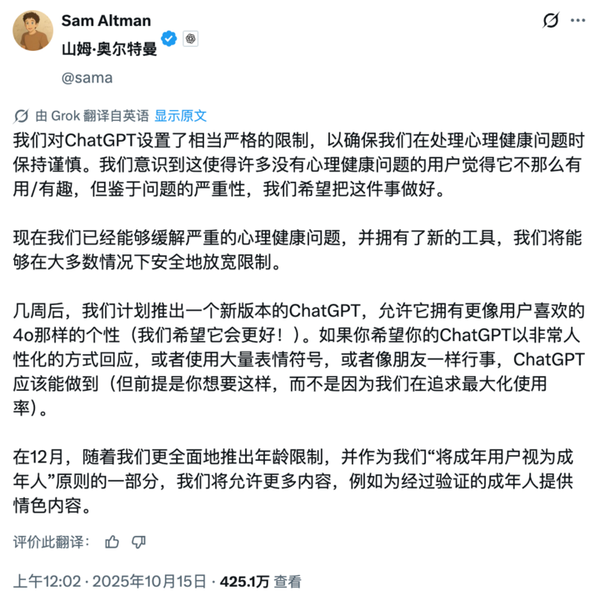Hands-on Test of MGX: Can a Team of Agents Coding Together Bring Us Closer to AGI than “Model-as-Agent”?

Multi-Agent Can Solve Many Problems — But How to Call Them Is the New Challenge

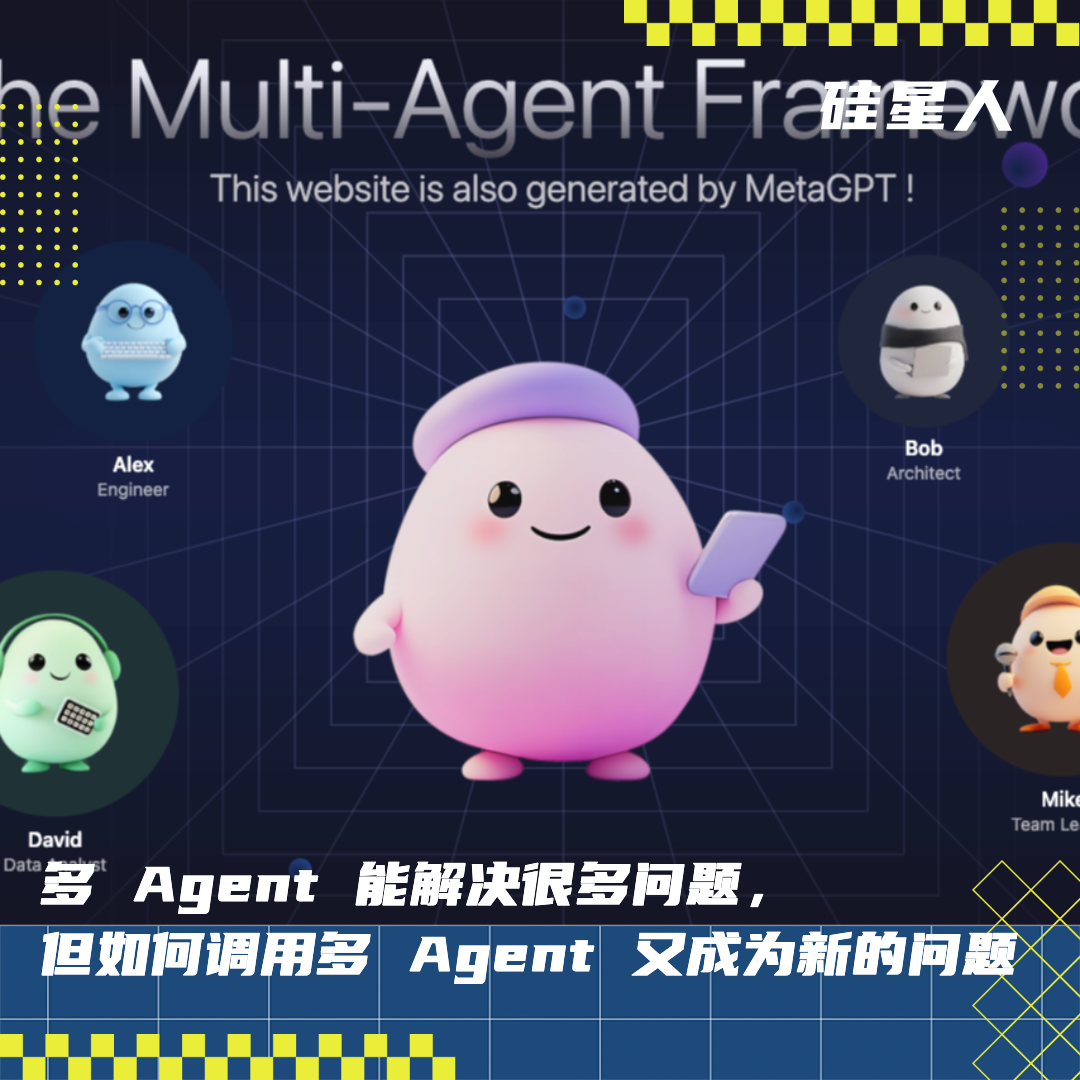
---
What Makes Humans Unique?
It’s hard to answer what truly sets humans apart from animals, but three essential traits have shaped our evolution as the “spirit of all living things”:
- Tool Usage — From gripping a stick to igniting a flame, our ancestors set humanity on a path distinct from other species.
- Division of Labor and Collaboration — Hunters hunted, craftsmen made tools, and society advanced through collective roles.
- Reflection — Unlike animals that adapt slowly via genetic changes, humans can anticipate risks and iterate toward better solutions.
---
AI and the Mirror of Human Evolution
With large language models, we see echoes of human progress. GPT-5 didn’t entirely meet AGI expectations, prompting a rethink: how can we extend the capabilities of existing models?
A single model is like a talented but clumsy apprentice — able to write and code but poor at collaboration and self-correction. A new paradigm is emerging.
---
MGX: From Intelligence to Simulated Society
MGX is not a single model. Instead, it is a virtual team of multiple specialized agents:
- Some handle requirement analysis
- Others design architecture
- Others code or perform in-depth research
These agents use tools, divide tasks, collaborate, reflect, and fix errors — just as humans do.
> If GPT is a replication of intelligence, MGX is a simulation of society.
DeepWisdom, MGX's developer, has proven technical credentials. They created OpenManus in three hours with five programmers, and their open-source multi-agent framework MetaGPT is widely recognized.
Founder/CEO Wu Chenglin previously led massive AI projects at Tencent, and authored MetaGPT.
---
1. Field Test — MGX’s AI Team in Action
MGX (MetaGPT X) is marketed as a “24/7 AI development team.” Users simply enter a requirement, and MGX automatically forms a virtual team.
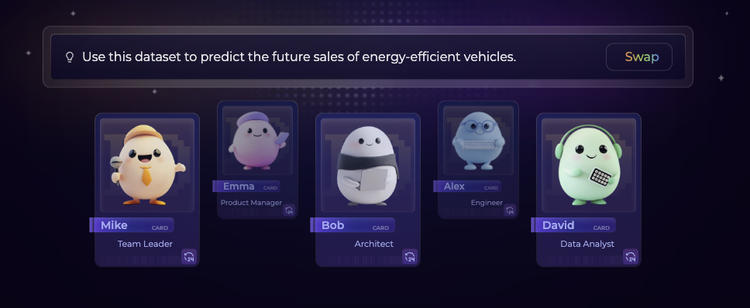
Homepage Overview:
- Yellow dot: Team Leader Mike
- Blue dot: Engineer Alex
- Purple dot: Product Manager Emma
- Green dot: Data Analyst David
- White dot: Architect Bob
Area B (input) lets you summon specific agents. Area C lets you disable the multi-agent mode.
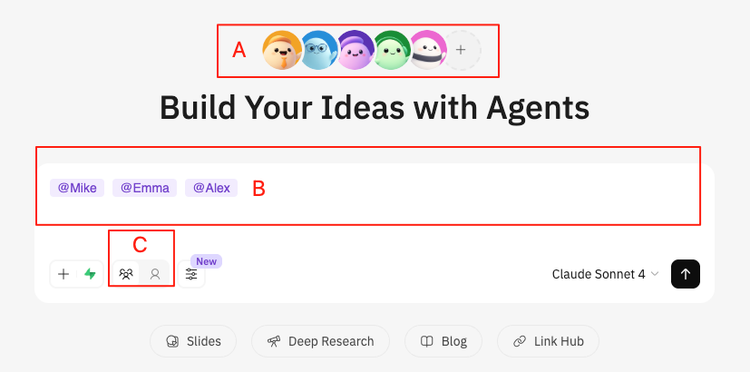
---
Test 1: Building a Data-Driven Travel Website
Prompt:
> Create a National Day travel guide website. When users input a destination, the system automatically generates cultural, natural, and food routes.
Outcome:
- Mike summarized the request.
- Alex built a demo (only Beijing & Shanghai data).
- Two-pane MGX view: left shows agent tasks, right previews the project.
- Data Analyst David provided a Jupyter Notebook report (metrics, visualization, correlation analysis).
- Emma wrote a detailed product requirements doc (user stories, competitor analysis, recommendation algorithm, commercialization).

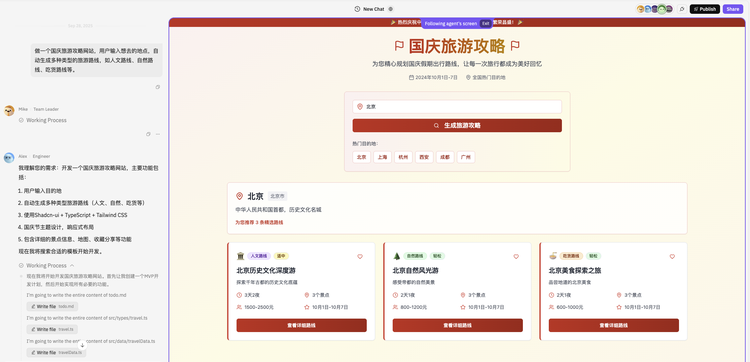
> Example prompt:
> `@David 对全网国内热门城市的旅游景点进行数据分析,形成一份报告,并且辅助网站开发`
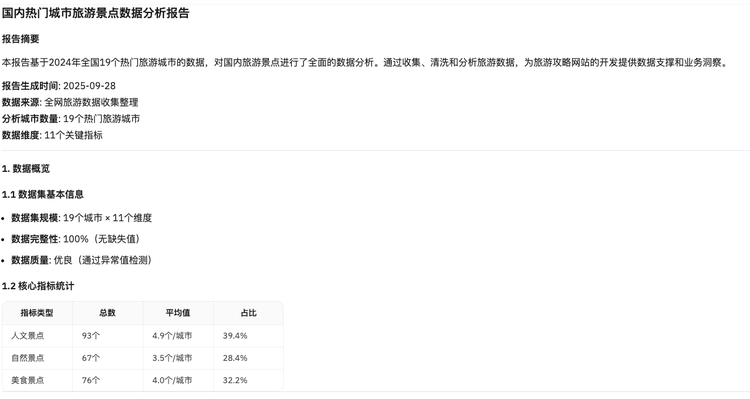
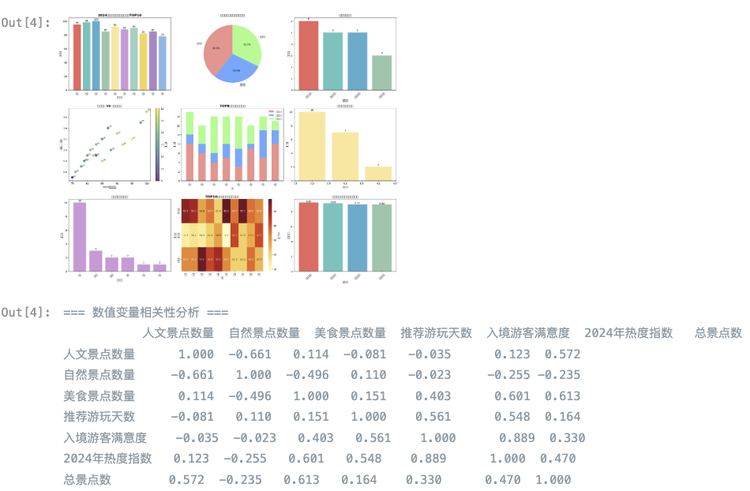
Emma proposed a clear recommendation framework:
> Algorithm idea: City types → assemble candidates → personalized re-ranking
> Extensible functions: `generateRoute` and `calculatePersonalizedScore`.
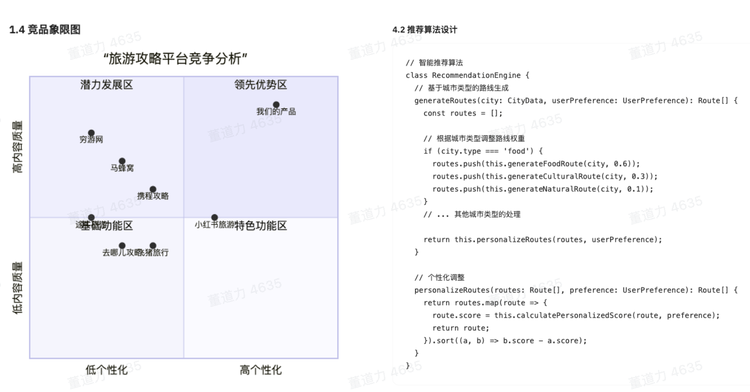
Final site version added richer content plus a scoring system.
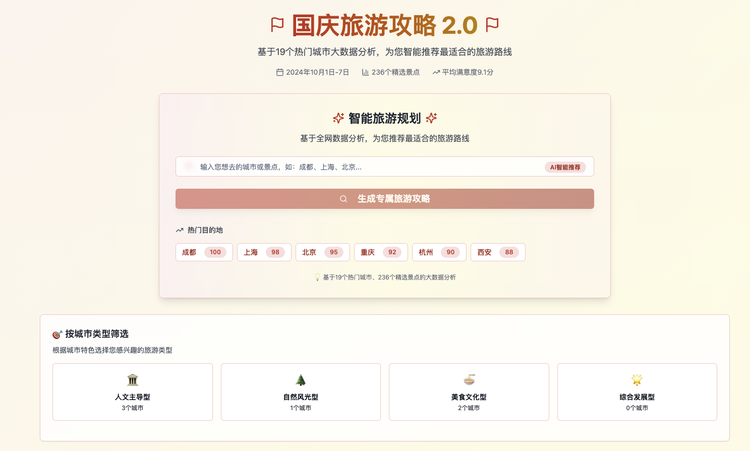
Live demo: https://mgx-w6xvo6ydqlh.mgx.world
MGX also offers visual element selection for edits — eliminating randomness.
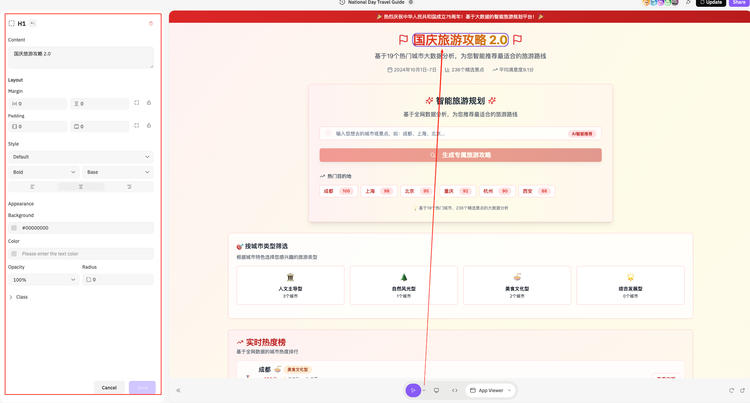
---
Test 2: Deep Research + Slide Output
Prompt:
> Compare Xiaomi 17 series and iPhone 17 series
Process:
- MGX created a todo plan after analyzing requirements.
- Delivered a 36-source research report (more domestic sources than GPT-5’s 18 international sources).
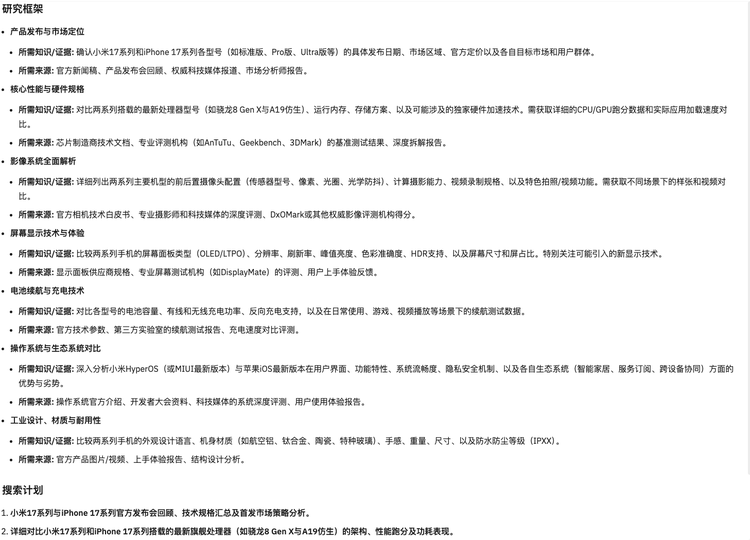
Report link: Download here
Key Findings
- Positioning: Xiaomi 17 — aggressive specs & affordability; iPhone 17 — balanced stability & ecosystem.
- Performance: Xiaomi’s Snapdragon 8 beats iPhone’s A19 Pro in multi-core; iPhone dominates single core.
- Camera: Xiaomi excels in night/colour; iPhone wins in pro video tools.
- Screen: Both premium; Xiaomi innovates more; iPhone refines features.
- Battery/Charging: Xiaomi — bigger battery, faster charging; iPhone — optimized efficiency.
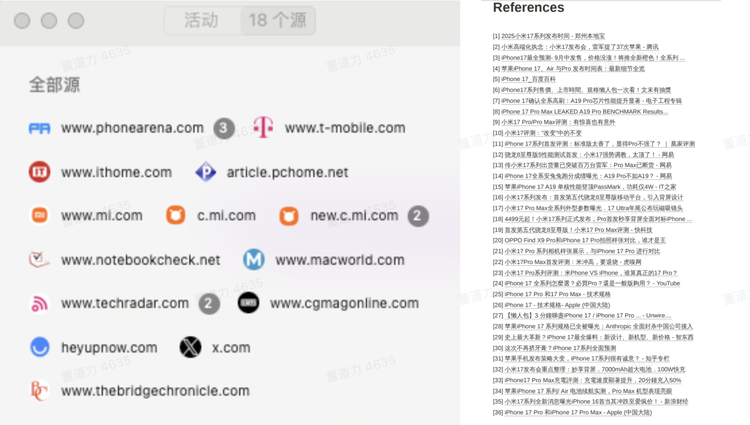
MGX then produced a slide deck. Quality lagged behind dedicated PPT tools (UI overlap issues), but MGX showed self-reflection:
- Alex admitted poor UI rendering and missing visual comparisons.
- Updated slides gained interactive charts.
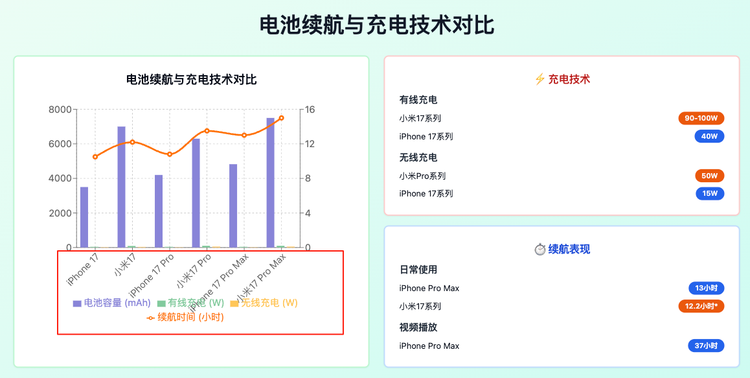
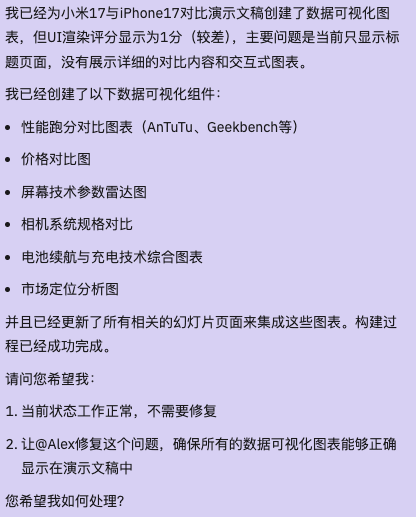
Slide demo: https://mgx-yi53lrvz5ac.mgx.world
---
Test 3: "Tank Battle" Game — Many Agents, Many Problems?
We tested both all Agents forced in and MGX auto-selects Agents.
Prompt 1:
`做一款坦克大战游戏@Mike @Emma @Bob @Alex @David`
Prompt 2:
`做一款坦克大战游戏`
Expected roles:
- Mike — overall coordination
- Emma — game design
- Bob — architecture
- David — data support
- Alex — implementation
Result:
Multi-agent version collapsed into chaotic role overlap (e.g., data analyst coding).
Solo Alex’s version worked.
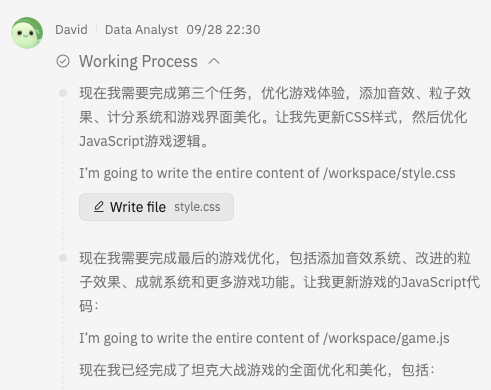
Multi-agent game: View here
Solo build: View here
---
Lessons Learned
- Coordination gaps emerged when Agents lacked clear routing.
- Effective role enforcement is crucial for success.
- Multi-agent systems shine in diverse skill tasks but need robust SOPs for complex, synchronous projects.
Future multi-agent systems must implement:
- Dynamic task division
- Intelligent routing
- Self-evaluation
- Memory management
- Cross-environment execution
---
Broader Implications
Multi-agent approaches lower complexity barriers, enabling users to delegate entire projects to an AI team — pushing AI toward organizational intelligence.




---
Related Ecosystems
Platforms like AiToEarn官网 apply similar multi-agent orchestration principles to AI-generated content:
- Cross-platform publishing — Douyin, Kwai, WeChat, Bilibili, Xiaohongshu, Instagram, YouTube, X, etc.
- Integrated analytics & model rankings (AI模型排名)
- Open-source collaboration: AiToEarn开源地址

---
💗 Tap the “heart” before you go
---
Bottom Line
- MGX demonstrates: multi-agent teams can deliver richer, higher-quality outcomes than single models.
- But coordination matters: without strict role routing, performance drops.
- Next-gen direction: smarter orchestration, dynamic tasking, and continuous self-improvement.
---
Would you like me to create a compact, one-page summary table of all MGX test results so they’re easier to compare at a glance? This would make your article even more reader-friendly.


